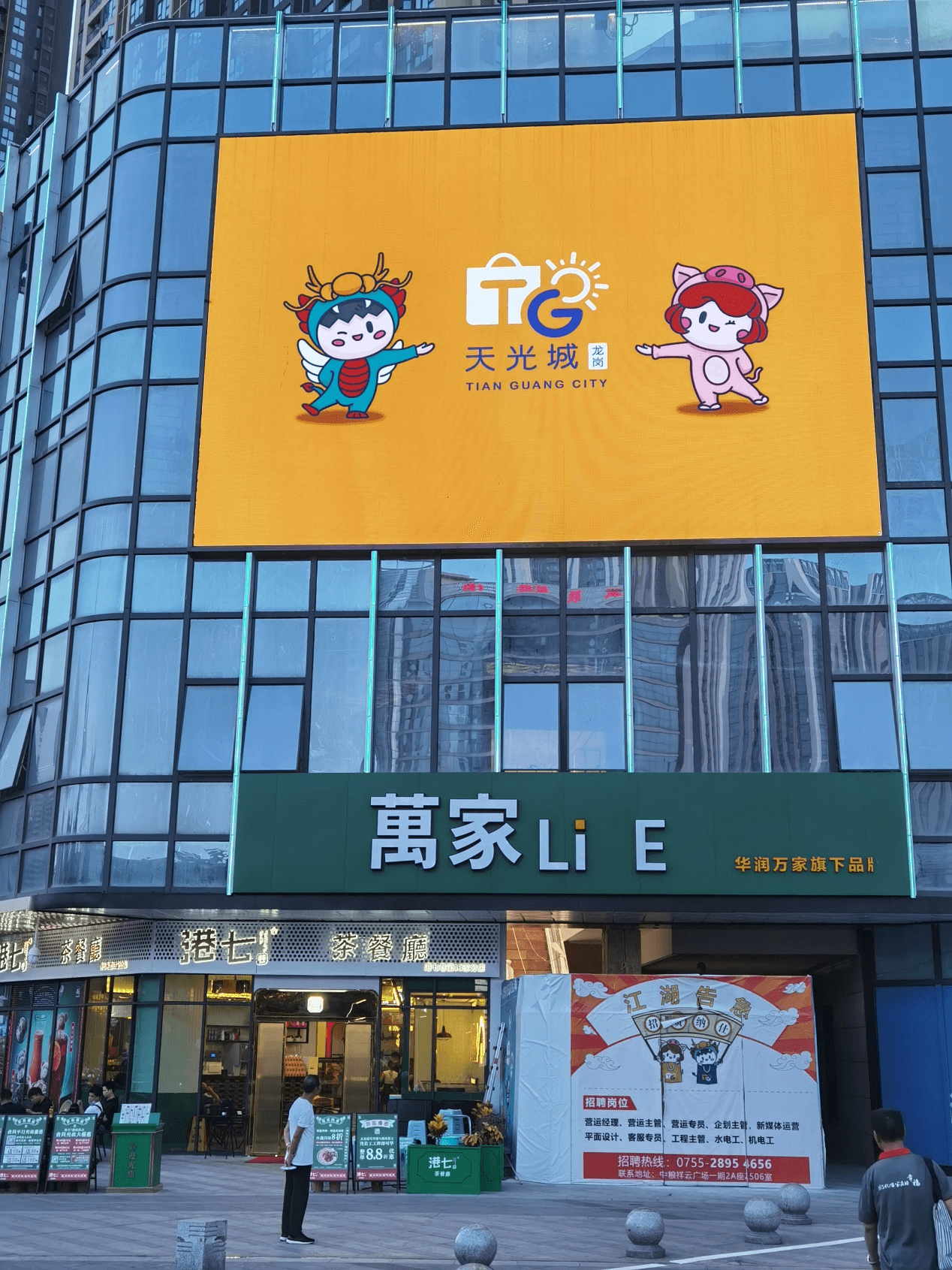The four main indicators of led display:
1. Maximum brightness
There is no explicit characteristic requirement for the important performance of “maximum brightness”. Because the use environment of LED display screens is very different, the illuminance (that is, the ambient brightness that ordinary people call) is different. Therefore, for most complex products, as long as the corresponding test methods are specified in the standard, the supplier will provide a performance data. The (product information) list is better than the specific performance requirements given in the standard. These are all in line with international standards, but this also leads to unrealistic comparisons in bidding, and users do not understand this, so that the “maximum brightness” required in many bidding documents is often much higher than the actual need. Therefore, it is suggested that in order to guide users to correctly understand the performance index of “maximum brightness” of the LED display, it is necessary for the industry to give a guide: in some occasions, in the use environment of different illumination, the brightness of the LED display reaches a certain value. can meet the requirements.
2. Primary color dominant wavelength error
Change the primary color dominant wavelength error index from “primary color wavelength error” to “primary color dominant wavelength error”, which can better explain what characteristics this indicator reflects on the LED display. The dominant wavelength of a color is equivalent to the hue of the color observed by the human eye, which is a psychological quantity and an attribute that distinguishes colors from each other. The performance requirements specified by this industry standard, literally, users cannot understand that it is an indicator that reflects the color uniformity of the LED display. Therefore, should we guide users to understand the term first, and then understand this indicator? Or should we first recognize and understand the LED display from the customer’s point of view, and then give the easy-to-understand performance characteristics that users can understand?
One of the principles in the formulation of product standards is the “Performance Principle”: “As far as possible, requirements should be expressed by performance characteristics rather than design and description characteristics, and this method leaves the greatest leeway for technological development.” “Wavelength error” is such a design requirement. If it is replaced by “color uniformity”, there is no LED with a limited wavelength. For users, as long as you ensure that the color of the LED display is uniform, you don’t have to consider whether you use it What technical means to achieve, leave as much room as possible for technological development, which is greatly beneficial to the development of the industry.
3. Duty cycle
Just like the “Performance Principle” mentioned above, “As far as possible, requirements should be expressed by performance characteristics rather than design and description characteristics, and this method leaves the greatest leeway for technological development”. We believe that “occupancy “Ratio” is purely a requirement of design technology and should not be used as a performance indicator of LED display product standards; we all know that any user who cares about the driving duty cycle of the display screen, they care about the effect of the display screen , rather than our technical implementation; why do we create such technical barriers ourselves to limit the technological development of the industry?
4. Refresh rate
From the perspective of measurement methods, it seems to ignore the real concerns of users, and it also does not take into account the different driving ICs, driving circuits and methods used by various manufacturers, resulting in difficulties in testing. For example, the full-color screen bidding of Shenzhen Stadium, in the sample test of experts, the test of this indicator brings many problems. “Refresh frequency” is the reciprocal of the time required to display a frame of the screen, and the display screen is regarded as a light source, that is, the flickering frequency of the light source. We can directly test the flickering frequency of the light source of the display screen with an instrument similar to a “photosensitive frequency meter” to reflect this indicator. We have done this test using an oscilloscope to measure the LED drive current waveform of any color to determine the “refresh frequency”, which is 200Hz under white field; under low gray levels such as 3-level gray, the measured frequency is as high as 200Hz. More than ten k Hz, and measured with PR-650 spectrometer; no matter in white field or in gray level of 200, 100, 50, etc., the flicker frequency of the measured light source is 200 Hz.
Wine barrel-shaped creative led display in Zhongshan, China
The above points are just a brief description of the characteristics of several LED displays. There are also many “working life”, “mean time between failures”, etc. encountered in bidding. There is no test method that can be used in a short period of time. Time to verify whether the LED display meets the requirements of stability, reliability or life; these requirements should not be specified. The producer can make a guarantee, but it cannot replace the requirement. It is a business concept, a contract concept, not a technical concept. The industry should have a clear statement on this, which will be very beneficial to users, producers and the industry as a whole.
As for how to guide users to correctly understand the product of such a complex system as LED display, it is still necessary for industry associations to hold more LED display technology forums, and to analyze this product from the perspective of users and guide users to correctly understand LED display. .
Post time: Jan-18-2022











